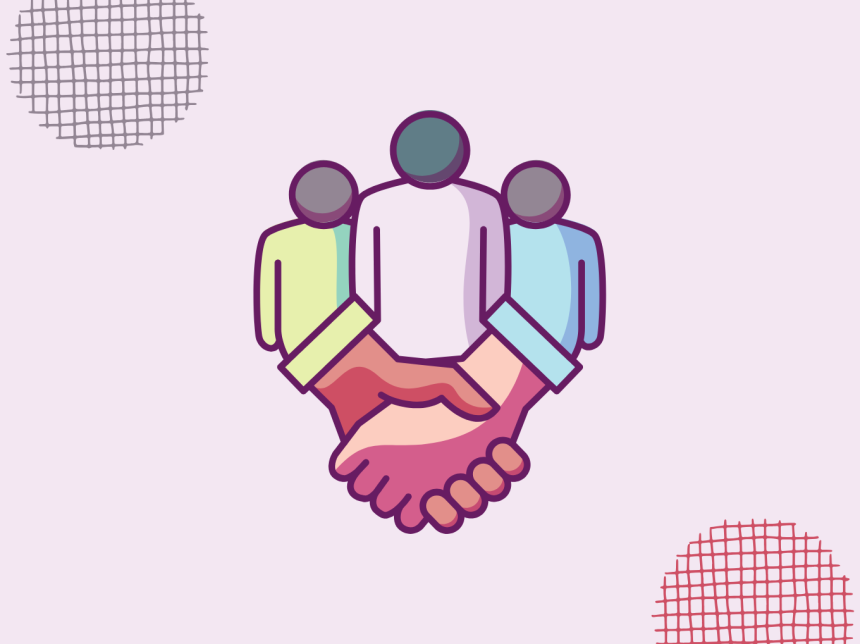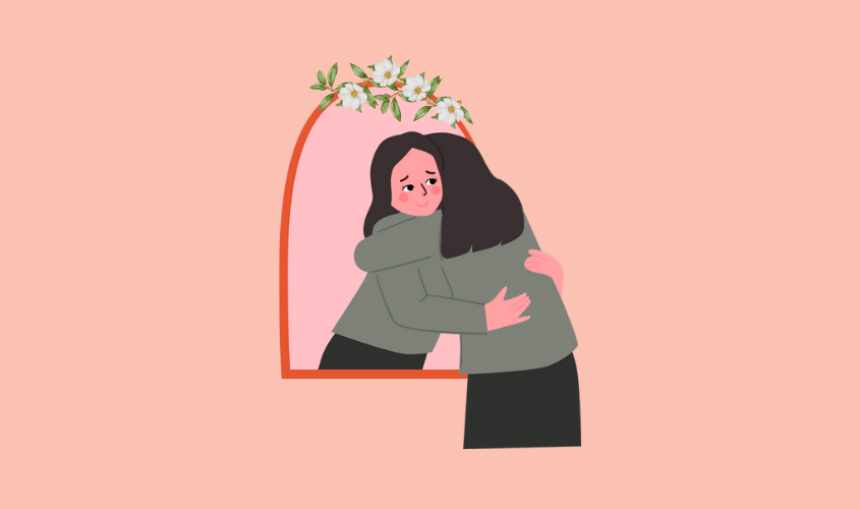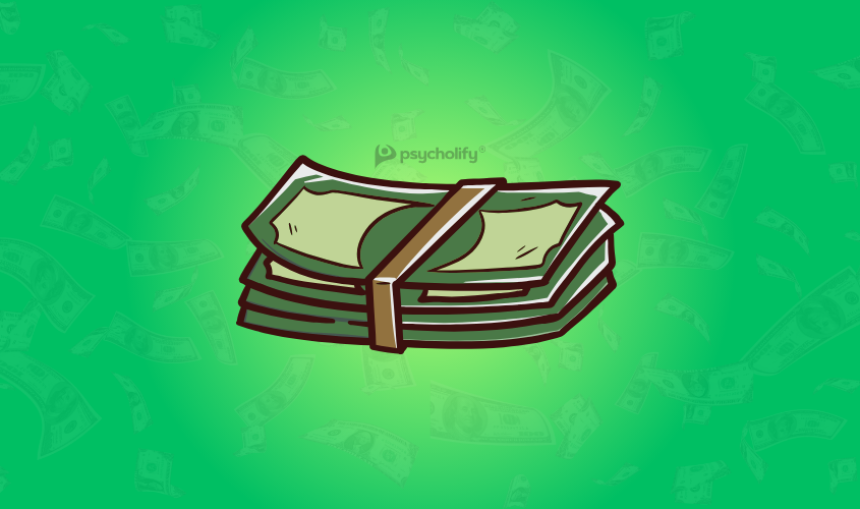
The Role of the Unconscious Mind: How Hidden Processes Shape Human Behavior
Discover the role of the unconscious mind in shaping thoughts, emotions, and behavior. Explore psychology, neuroscience, and real-life applications.
The Mystery Beneath Awareness
Much of what we do, think, and feel is not under our conscious control. From automatic habits to hidden motives, the unconscious mind plays a central role in shaping human behavior. While the conscious mind allows us to plan and reason, the unconscious works behind the scenes, influencing decisions, emotions, and even memories.
Psychologists, neuroscientists, and philosophers have long debated the nature of the unconscious. From Freud’s psychoanalysis to modern cognitive science, theories have evolved, yet one truth remains: understanding the unconscious is key to understanding ourselves.
Historical Perspectives on the UnconsciousFreud and Psychoanalysis
Sigmund Freud introduced the idea of the unconscious as a repository of hidden desires, conflicts, and memories. According to Freud:
- The unconscious holds repressed thoughts, often unacceptable to consciousness.
- Dreams act as “the royal road to the unconscious.”
- Defense mechanisms protect us from unconscious conflicts.
Jung’s Collective Unconscious
Carl Jung expanded the concept, proposing a collective unconscious shared by all humans, containing archetypes and universal symbols.
Modern Shifts
Later psychologists shifted from mystical interpretations toward more scientific approaches, exploring unconscious processes through experiments and brain imaging.
The Neuroscience of the Unconscious Automatic Processes
Modern neuroscience shows that the brain constantly processes information outside conscious awareness. Examples include:
- Subliminal perception (processing stimuli we do not consciously notice).
- Implicit memory (past experiences influencing behavior without awareness).
- Priming effects (exposure to one stimulus influencing response to another).
Brain Regions Involved
- Basal ganglia: involved in habits and automatic behavior.
- Amygdala: processes emotional reactions unconsciously.
- Cerebellum: regulates unconscious motor control.
Everyday Evidence
- Driving a familiar route without actively thinking about it.
- Typing on a keyboard fluently without recalling each movement.
- Intuitive decisions that feel “automatic.”
Psychological Functions of the Unconscious
1. Emotional Regulation
The unconscious manages feelings that might overwhelm conscious thought. For instance, trauma may be suppressed to protect mental stability.
2. Habit Formation
Repetitive behaviors eventually become automatic, allowing efficiency in daily life.
3. Defense Mechanisms
Freud’s idea of repression, denial, or projection shows how the unconscious protects us from anxiety.
4. Creativity and Problem Solving
The unconscious often generates insights when the conscious mind is at rest—why ideas suddenly appear during a walk or before sleep.
Unconscious Influences on Behavior Decision-Making
Studies reveal that unconscious processes shape choices before conscious reasoning catches up. For example, body language and intuition often guide social interactions.
Social Behavior
- Implicit biases operate unconsciously, affecting judgments about others.
- Nonverbal communication, like microexpressions, reveals unconscious feelings.
Dreams and Symbolism
Dreams reflect unconscious desires and unresolved conflicts. While not as mystical as Freud suggested, dream analysis still offers insight into emotional processing.
The Unconscious in Therapy Psychoanalysis
Freudian therapy seeks to bring unconscious material to consciousness through free association, dream interpretation, and transference analysis.
Modern Approaches
- Cognitive-Behavioral Therapy (CBT): Identifies unconscious biases and thought patterns.
- Mindfulness practices: Increase awareness of automatic responses.
- Hypnotherapy: Accesses unconscious processes for healing and behavior change.
Everyday Applications of Understanding the Unconscious
- Personal Growth: Becoming aware of hidden patterns leads to better decision-making.
- Marketing and Advertising: Companies use unconscious triggers like color, sound, and emotion to influence behavior.
- Education: Teachers design environments that harness implicit learning.
- Workplace Productivity: Habits and automatic processes are leveraged for efficiency.
Criticisms and Limitations
While the unconscious is widely accepted, challenges remain:
- Some argue Freud’s theories lack scientific basis.
- Measuring unconscious processes is difficult.
- Overemphasis on hidden forces can ignore conscious responsibility.
Despite these critiques, research in psychology and neuroscience continues to confirm that unconscious processes are real and influential.
The Future of Unconscious Research
Advances in brain imaging, artificial intelligence, and cognitive science are deepening our understanding of the unconscious. Future directions may include:
- Neuroimaging to map unconscious decision-making.
- AI models simulating unconscious biases.
- Integration with mindfulness for greater self-awareness.
Conclusion: The Hidden Force Behind Behavior
The unconscious mind is not a mysterious shadow—it is a vital system that supports memory, emotion, habits, and creativity. From Freud’s original theories to modern neuroscience, one truth is clear: much of what we do is shaped by forces outside awareness.
By exploring the unconscious, psychology not only uncovers hidden dimensions of human behavior but also provides practical tools for growth, therapy, and everyday decision-making.




